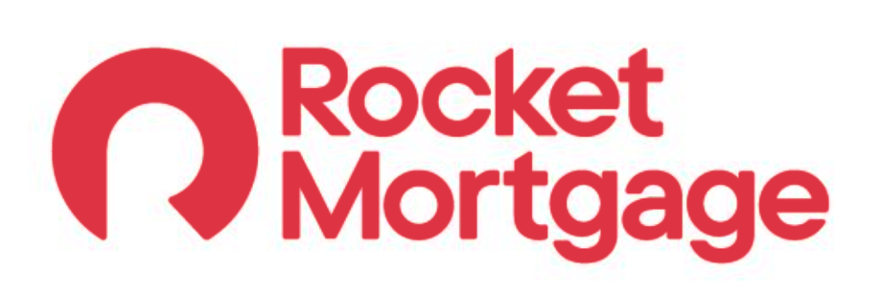Understanding Home Loans: What to Know Before You Borrow
A home loan (aka mortgage) helps you finance one of the biggest purchases you’ll ever make. But between fixed vs. adjustable rates, loan terms, closing costs, and lender jargon, the mortgage process can feel like learning a new language.
The good news? You don’t need to be a finance pro to make a smart move—you just need a clear understanding of your options and what to look for.
Types of Home Loans You’ll See
As you browse offers above, you’ll likely come across a few common types of mortgages:
-
Conventional Loans: Not backed by the government. These often require good credit and a down payment of at least 3%–5%.
-
FHA Loans: Government-backed loans with more flexible requirements, especially for first-time buyers or those with lower credit scores.
-
VA Loans: Available to eligible military members and veterans. They often come with no down payment and competitive rates.
-
USDA Loans: Designed for buyers in rural areas. These offer low rates and no down payment, if you qualify.
-
Jumbo Loans: For high-priced homes that exceed conforming loan limits.
You’ll also choose between:
-
Fixed-Rate Loans: Your rate stays the same for the life of the loan.
-
Adjustable-Rate Mortgages (ARMs): Your rate may start low, then adjust over time based on market conditions.
What Affects Your Mortgage Rate?
Lenders don’t just throw darts at a board. Your rate is influenced by several factors:
-
Your credit score
-
Down payment size
-
Loan type and term (15 vs. 30 years)
-
Debt-to-income ratio (DTI)
-
Property location and type
-
Current market conditions
The better your financial picture, the better the rate you’re likely to get. That said, it’s always smart to compare lenders—rates and fees can vary even with the same basic info.
Other Costs to Factor In
Your mortgage rate is just one part of the puzzle. Also consider:
-
Closing Costs: Usually 2–5% of the loan amount, covering fees for the lender, appraisal, title, and more.
-
PMI (Private Mortgage Insurance): Required if your down payment is under 20% (for most conventional loans).
-
Property Taxes & Insurance: Often rolled into your monthly mortgage payment.
-
HOA Fees: If applicable, these can impact your affordability.
When to Refinance Your Mortgage
Already own a home? Refinancing can make sense if:
-
Rates have dropped since you locked in
-
Your credit has improved
-
You want to shorten your loan term
-
You need cash via a cash-out refinance
-
You want to switch from an ARM to a fixed rate (or vice versa)
Just like with your original loan, comparing refinance offers is key to making it worth your while.
How to Compare Home Loan Offers
When reviewing lenders and offers:
-
Look at the APR, not just the interest rate (APR includes fees)
-
Ask for a Loan Estimate to break down costs
-
Consider lender reputation and responsiveness (you’ll be dealing with them a lot)
-
Don’t be afraid to negotiate—some fees are flexible
We’ve listed some of the top lenders and mortgage platforms above so you can quickly compare options and apply online when you’re ready.
The Bottom Line
Your mortgage shouldn’t be a mystery. Whether you’re buying your first home or refinancing for a better rate, the goal is the same: get a loan that works for you, not just the bank.
Use the offers above to shop smarter, save more, and take your next step with confidence. Your dream home might be closer (and more affordable) than you think.



